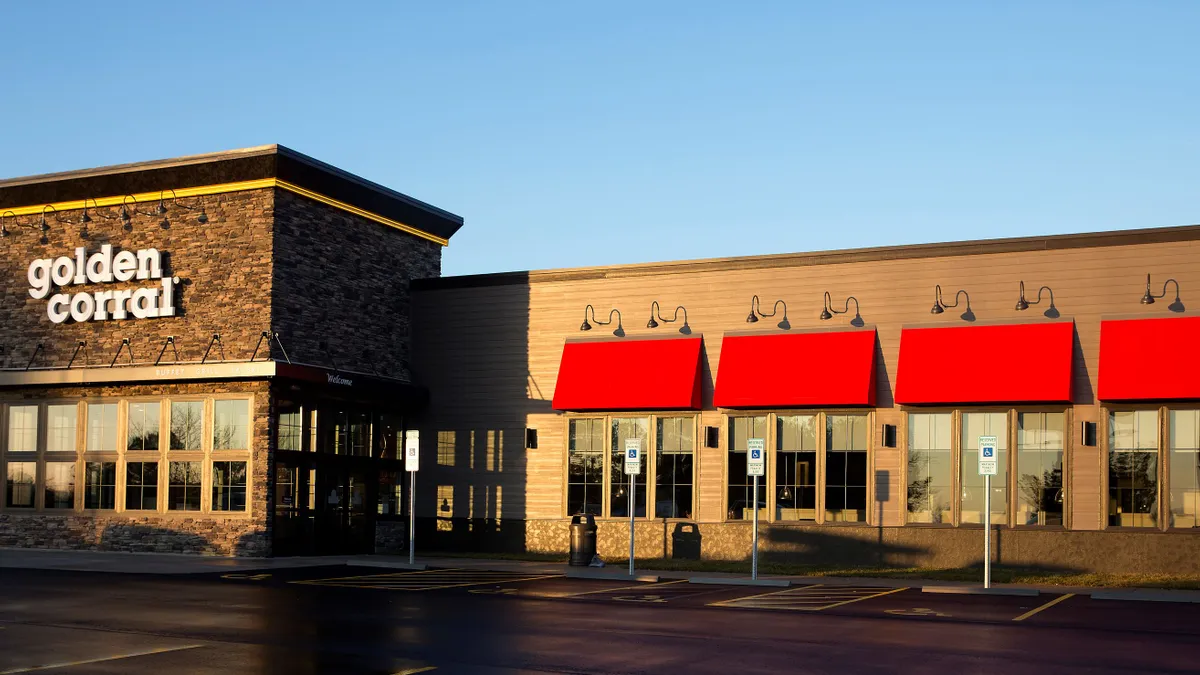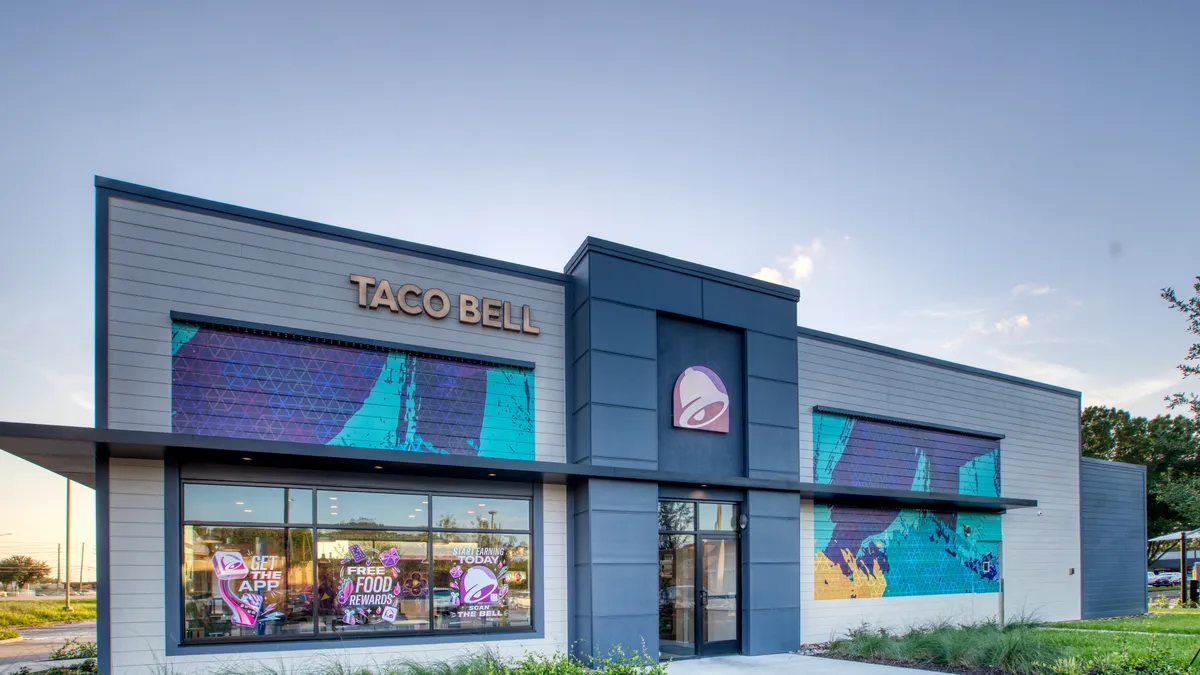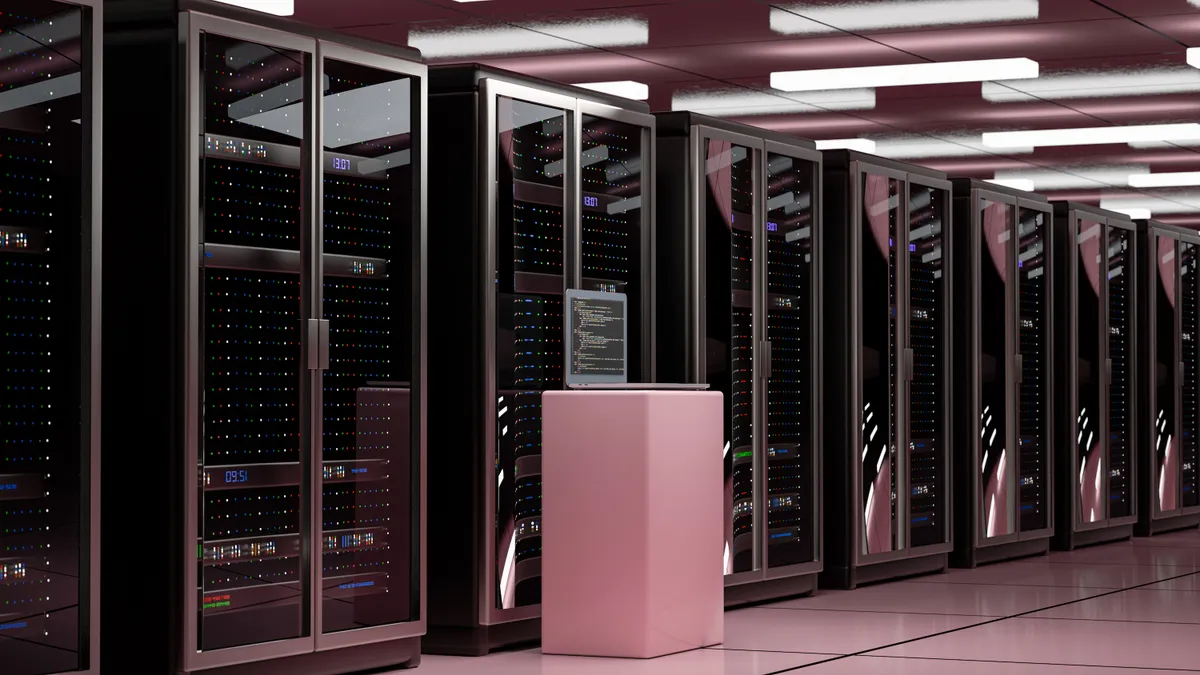Editor's note: Businesses are still in the process of modernizing their ERPs — and transformation has not gotten any easier. This article originally ran in September 2018, but because of its day to day relevance, CIO Dive pulled it from the archives.
Enterprise resource planning (ERP) are systems and software used by organizations to run their operations. It can do everything from accounting to project management — the things a business needs to do in order to keep the lights on.
It's big business, too. The ERP software market is expected to generate $47 billion in revenue between 2017 and 2022, according to Market Research Future's ERP Software Market Research Report.
While ERP only started picking up speed in 1995, its importance is growing. Selecting the right ERP for a business is a task that takes time, resources and a gut check for a company about "what makes them unique," Chris Devault, manager of software selection at Panorama Consulting Solutions, told CIO Dive in an interview.
ERP's current rock stars
In a 2018 report, Panorama Consulting Solutions identified 12 Top Manufacturing ERP vendors from a field of more than 200 vendors. They sorted the companies into three tiers:
Panorama Consulting Solutions 3 ERP vendor tiers
| Tier I | Tier II | Tier III |
|---|---|---|
| SAP | IFS | Syspro |
| Infor | Epicor | IQMS |
| Oracle | ABAS | Plex |
| Microsoft Dynamics | Rootstock | JustFoofERP |
Devault was quick to point out these are not rankings of vendors, but more sorting Panorama's picks into groupings because each tier is a better fit for different types of companies.
Those who chose Tier I vendors, for example, typically have dedicated teams that will enhance and develop the software. Tier II companies tend to outsource more work and have fewer dedicated IT resources, and Tier III companies have "fairly limited budgets and are taking care of more basic needs," he said.
Not every company needs a Tier I vendor or even necessarily a vendor from the list.
"An ideal ERP is one that was selected for the right reasons, designed with purpose and implemented on time and on budget, and then also allowed for quick benefits realization," Devault said. "That would be the first stages of an ideal ERP and then also one that could scale and adapt with an organization's changing needs."
ERPs have grown up
ERPs started to become essential to business between 1995 and 2000 and mainstream by 2000, said Christina Kite, vice president of global business strategy and analytics in cloud development at Oracle, in an interview with CIO Dive.
That's when "Oracle went from Oracle Financials to enterprise resource planning and SAP went from being very very strong in logistics to ERP," she said.
Today Kite sees ERPs as having a "renaissance."
Clients now "want that ERP but they also still want a certain kind of functionality that they have from their own systems, especially in analytics,” she said, helping them run their companies but also provide data that can help them make decisions about moving forward.
Making the leap into the cloud
In the last five years, Devault says, there's been a rush into the cloud — in different ways. "Some are consolidating best practices from different products, and some have been completely re-written from the ground up, and some are right there in the middle."
Some vendors are launching on-premise versions of their cloud-based software too. "There is a bit of market resistance because these cloud applications are not fully mature quite yet," he said.
There's also not a big difference in price between premise-based licenses and cloud-based pricing but the savings "is really more coming from rapid implementations," Devault said. "These ERPs have more best practices and standard processes built into their systems, and companies are more willing to adapt certain processes where it makes sense to fit those in."
Moving to the cloud can save money in some less-than-obvious ways too, like with IT costs because ERP handles a lot of those functions for the company instead of requiring labor on site, according to Kite.
That will be more of a cost savings in the next 10 years. Kite expects talent shortages to continue (the U.S. Bureau of Labor Statics expects 1 million computer programming jobs to go unfulfilled by 2020), and companies won't need to invest in talent searches or pay the high salaries that competition for talent will drive.
Another cost benefit is upgrades can be offered more often, going from a typical two- to three-year gap where, in a cloud-based ERP, companies can have one every quarter. That means security is updated every quarter so that a company doesn't become the next Home Depot or Equifax.
In making this transition, it's really important for companies to figure out their true processes, Devault said. "Often companies haven't done a minimum amount of work." Getting everyone on the same page to define what makes them stand out, and what are their absolute must haves in new software, is essential.
Along those lines, companies should also dedicate resources to the transition. "Often we see there's not enough allocation and subject matter expertise available to dedicate to the design and configuration of the ERP," he said.
What to expect in the next 5 years
Mobility has been a focus on the vendor end too, Kite said. "We've gotten very used to the ease of use, so it's not just ease of use with what the interface looks like, but also with the ability to have it on any device, anytime, anywhere."
Clients are also demanding multidimensional reporting to drive insights. Foresight from those reports and integration allows multiple divisions within one company to work together, she said. "A lot of that came from our customer base, and their journey to really build out end to end processes."




















